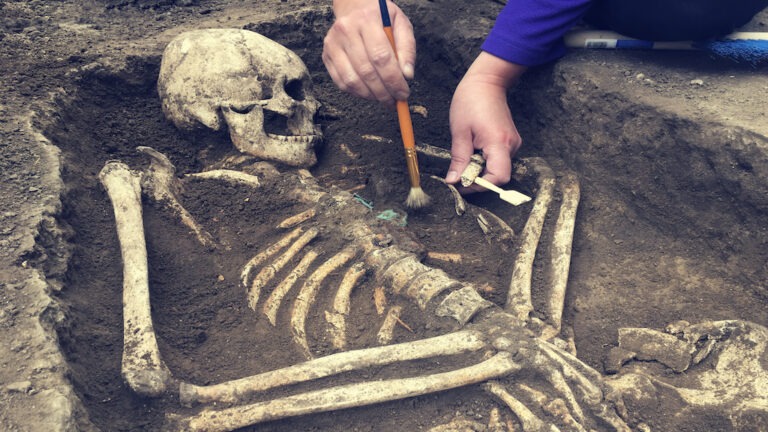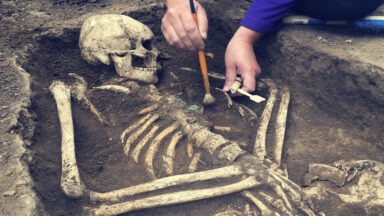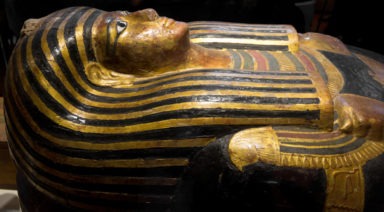Possible Million-Year-Old Tools Unearthed in Sudan Could Change Human History

Ancient tools have been discovered in eastern Africa that are possibly a million years old. What can this discovery teach us about our ancient history?
A recent gold rush in eastern Africa has led to open-pit mines where gold hunters have stumbled upon a different kind of fortune: hundreds of stone tools, including Acheulean hand axes, cleavers, and other tools. The head of the study, Professor Mirosław Masojć from the Institue of Archaeology at the University of Wraclaw, Poland said, “[t]he layers of soil around the tools were at least seven-hundred-thousand years old.”
But some have speculated that the tools could be up to one million years old. This discovery puts our ancient ancestor Homo erectus in this area twice as far back as previously thought.
Watch more:
About the Author
Gaia guides people on their personal transformational paths with the world’s largest library of exclusive and original conscious media. Like our members, Gaia staff are driven by curiosity, passion and the desire to grow, as we continue on our own spiritual journeys and quests. Our members inspire our own authenticity: the quest for transformation never ends. If there is a topic you’d like to learn more about, please let us know. You can also join Gaia as a contributing author and help us connect readers to people and ideas that fuel a conscious life.
Next Article
Russian Defense Minister Sergei Shoigu Wants to Clone Scythian Army

The Russian military is reportedly looking to clone ancient warriors. Is it possible, and if so, why would they do it?
In the Siberian Republic of Tuva lie the remains of Scythian warriors and their horses buried for nearly 3,000 years. Now, Russia’s Defense Minister Sergei Shoigu apparently wants to put them back into action.
According to Ancient Origins, Shoigu has announced his desire to clone the 3,000-year-old soldiers telling the Russian Geographical Society, “Of course, we would like very much to find the organic matter and I believe you understand what would follow that. It would be possible to make something of it, if not Dolly the Sheep. In general, it will be very interesting.”
Dolly the Sheep refers to the first mammal ever cloned back in 1996. Now, a Russian-Swiss archeological team is reportedly searching for viable DNA from the graves to clone the ancient warriors. But many scientists are skeptical that this is even possible. No human has ever been cloned—that we know of…
Watch more:

The video streaming platform exploring Ancient Origins, and Anomalous Archeology
Free Trial


































